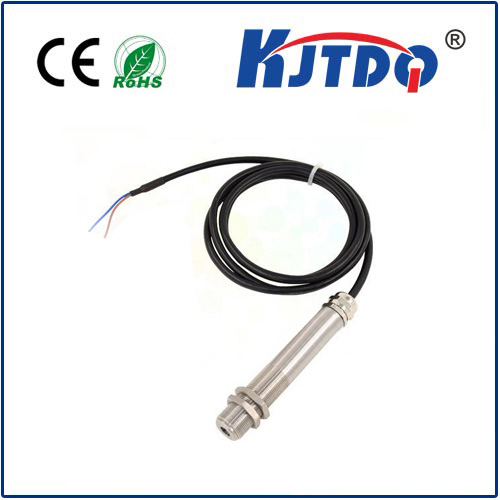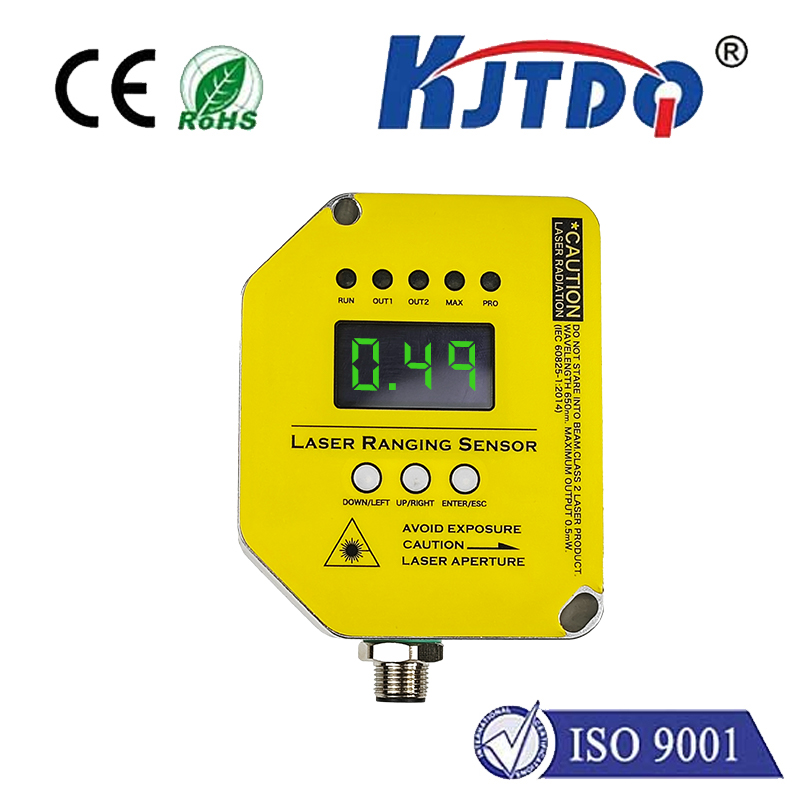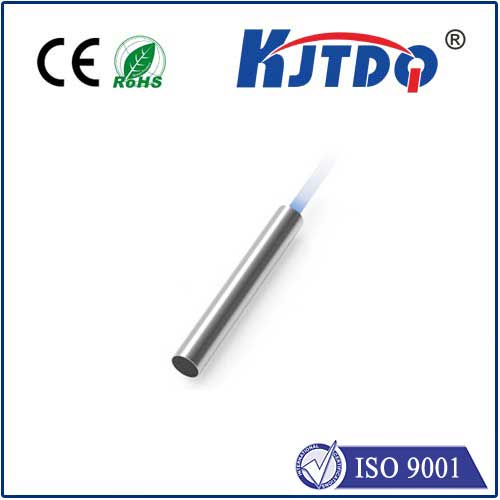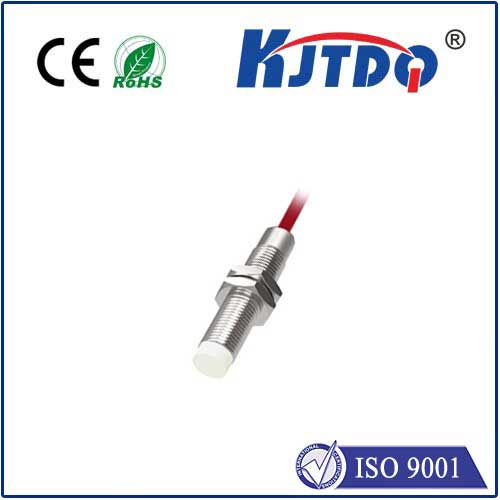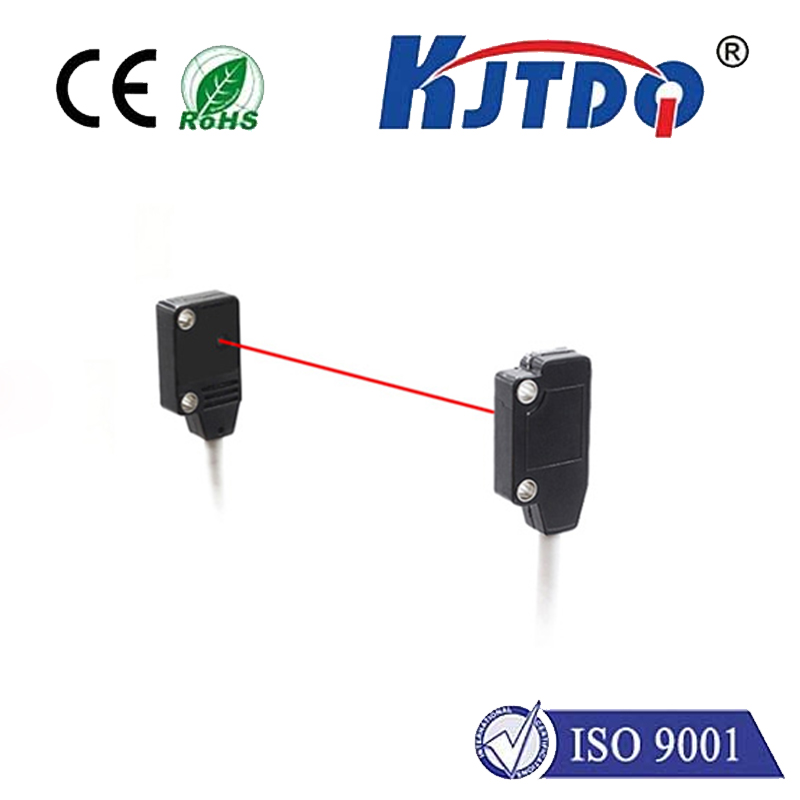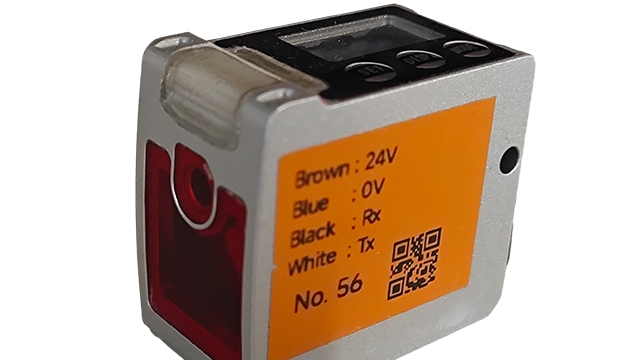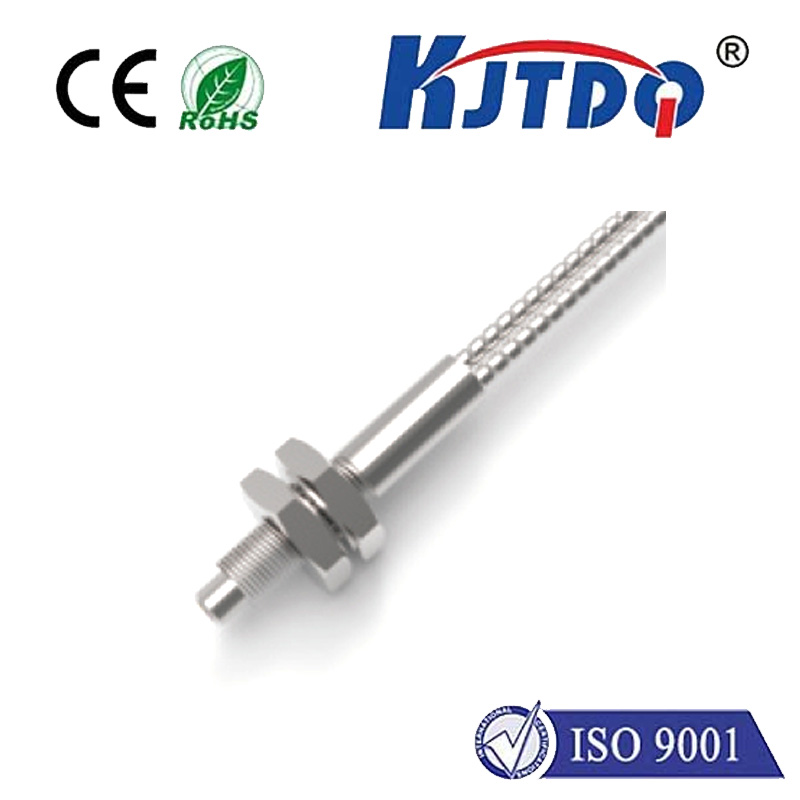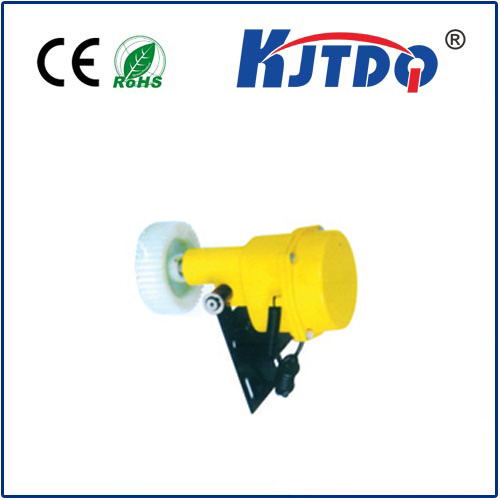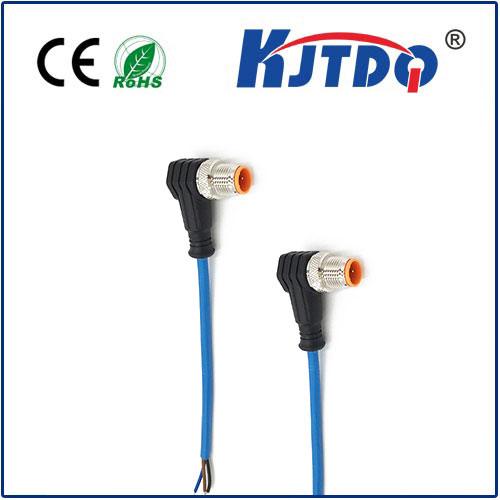
check

check

check

check
Title: Position Limit Switch - A Crucial Component for Machine Safety and Efficiency
In the world of industrial machinery, the position limit switch is a vital component that ensures safety, accuracy, and efficiency. This innovative device plays a crucial role in various applications, from manufacturing to transportation. In this article, we will explore the significance of position limit switches, their working principle, and how they contribute to the overall performance of machines.
What is a Position Limit Switch?
A position limit switch is an electronic device designed to detect the presence or absence of an object within its sensing range. It works by converting mechanical motion into an electrical signal, which can be used to control the machine's operation. These switches are typically installed at strategic locations on a machine to monitor its movement and prevent any potential accidents.
Working Principle of Position Limit Switches

Position limit switches operate on the principle of magnetic induction or photoelectric sensing. When an object comes within the proximity of the switch, it triggers a change in the magnetic field or interrupts the light beam, generating an electrical signal. This signal is then transmitted to the control system, which takes appropriate action to either stop or start the machine's function.
Importance of Position Limit Switches in Industrial Applications
The use of position limit switches is essential in numerous industrial applications, including conveyors, elevators, packaging machines, and robotic arms. They serve as safety mechanisms to prevent equipment damage, protect workers from injury, and maintain production efficiency. By monitoring the position and speed of moving parts, these switches help ensure that machines operate within safe limits and avoid collisions or misalignments.
Benefits of Using Position Limit Switches
1. Enhanced Safety: Position limit switches provide an additional layer of protection, reducing the risk of injuries caused by malfunctioning machinery. They act as fail-safe devices, immediately stopping the machine if it reaches a dangerous position.
2. Improved Accuracy: By precisely controlling the movement of machines, position limit switches help maintain high levels of precision during production processes. This results in better quality products and reduced waste.
3. Increased Efficiency: With position limit switches in place, machines can operate at optimal speeds without compromising safety or accuracy. This leads to increased productivity and reduced downtime due to maintenance or repairs.
4. Easy Maintenance: Position limit switches require minimal upkeep and can be easily replaced if faulty. This reduces maintenance costs and keeps machines running smoothly.
5. Versatility: These switches can be integrated into various types of machinery, making them a versatile solution for different industries.
Conclusion
In conclusion, position limit switches play a critical role in ensuring the safety, accuracy, and efficiency of industrial machinery. Their ability to detect and respond to changes in machine movement makes them an essential component for modern manufacturing processes. By implementing position limit switches in their systems, businesses can enhance workplace safety, improve product quality, and boost overall productivity.
